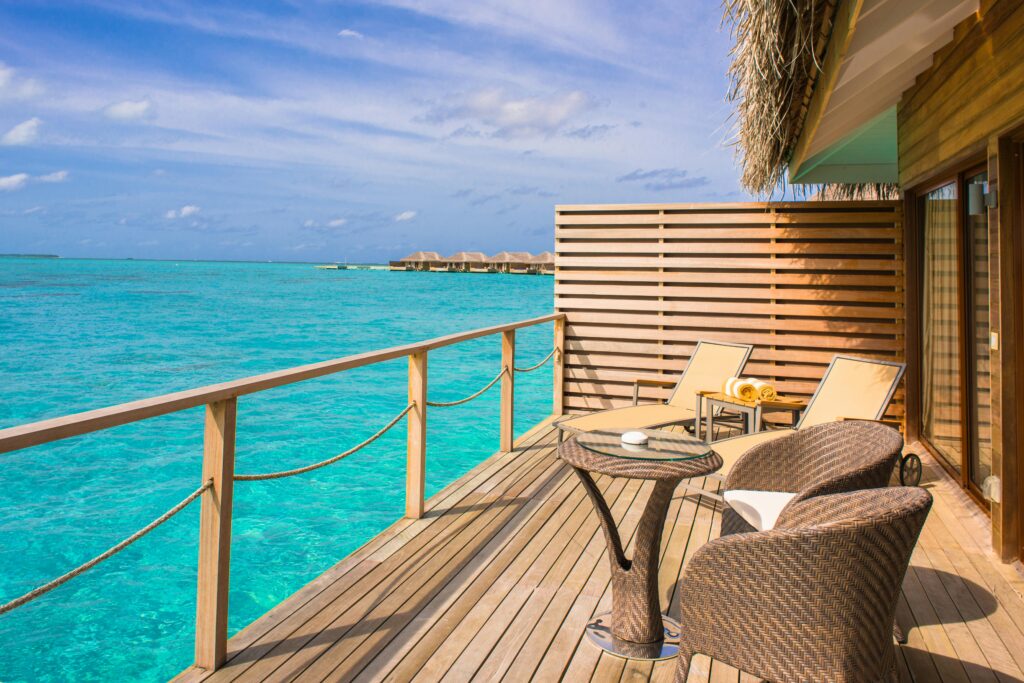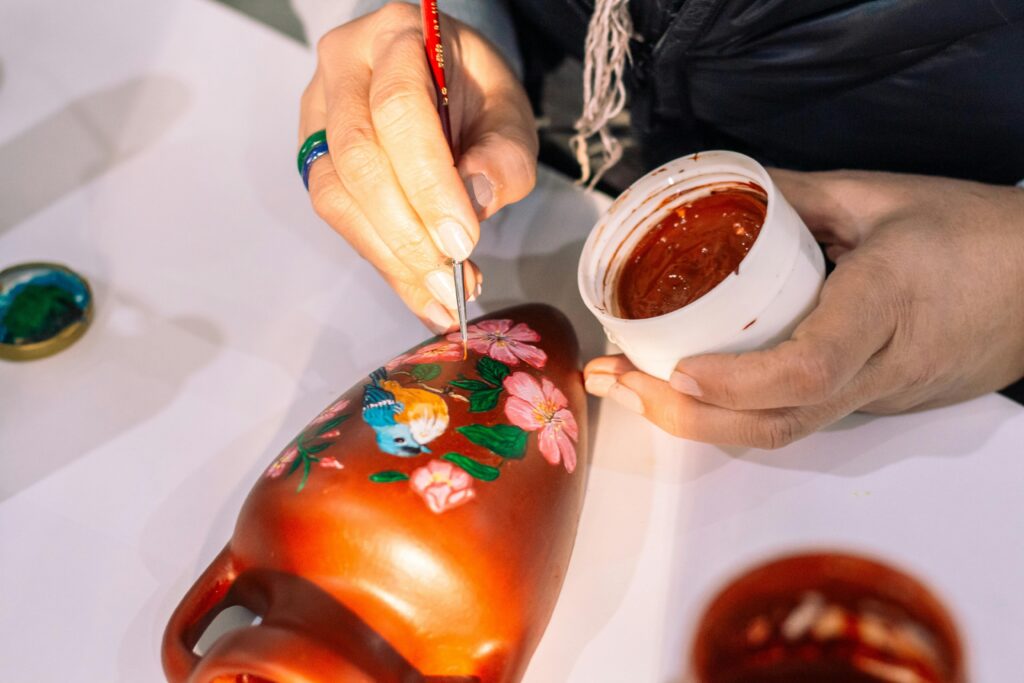The island of Cyprus, situated in the eastern Mediterranean, offers a fascinating blend of stunning beaches, diverse landscapes, a vibrant culture, and a rich history. This island country is a cultural crossroads and a traveler’s paradise, with influences from Greek, Turkish, Roman, and British civilizations. Cyprus offers something to attract all types of tourists, whether they are drawn to the wonderful beaches, historic ruins, or quaint mountain towns.

1. The Divided Capital: Nicosia
Cyprus’s capital, Nicosia (Lefkosia), is notable for being the last divided capital in history. A walk around this fascinating city displays a mix of old-world beauty and modern living. The “Green Line” buffer zone, which the UN walks, divides the city between the Greek Cypriot south and the Turkish Cypriot north.
Highlights:
You can tour both sides of the city by crossing the border post on Ledra Street, a busy public retail strip.
Cyprus Museum:
This museum showcases objects from the Stone Age to the Roman era, making it Cyprus’ largest historical museum.
Laiki Geitonia:
A historic city district that has been reconstructed and has tavernas, artisan stores, and traditional architecture.
2. Limassol:
A Mix of Old and New. Limassol (Lemesos), the second-largest city on the island, is a vibrant seaside center known for its nightlife, cultural events, and international atmosphere. It also has a significant historical heritage.
Highlights:
Limassol Marina is a posh waterfront complex featuring restaurants, retail establishments, and yachts.The Medieval Museum is located in Limassol Castle, which is believed to be the site of King Richard the Lionheart’s marriage.
Kourion Archaeological Site:
This historic city-kingdom, situated just outside Limassol, features a Greco-Roman theater with stunning views of the sea.
3. Paphos: A Place Where History and Myth Collide
Famous for its mythical connections, especially to the Goddess of romance, Aphrodite, and its archeological value, Paphos (Pafos) is a UNESCO World Heritage site.
Highlights:
Roman villas with beautiful tiles, such as the House of Dionysos and the House of Theseus, may be found in the Paphos Historic Park.
Tombs of the Kings:
Magnificent rock-carved underground tombs from the fourth century BCE.According to tradition, Aphrodite emerged from the water at Aphrodite’s Rock (Petra tou Romiou), a beautiful coastline rock formation.
4. The Party Capital with Undiscovered Treasures: Ayia Napa
Ayia Napa is well-known for its vibrant nightlife and beach parties, but it offers more than just bars and mixed drinks. Some of Cyprus’s stunning beaches and natural areas can also be found there.
Highlights:
Nissi Beach is a bustling beach with shallow, clean waters that are perfect for water sports and swimming. Hiking routes, marine caves, and expansive cliff vistas may be found in Cape Greco National Forest Park, a protected region. Ayia Napa Monastery: A serene 16th-century monastery encircled by old trees in the center of the town.
5. Protaras: A Beach Haven Ideal for Families
Protaras, a more laid-back location northeast of Ayia Napa, is renowned for its stunning beaches, crystal-clear waters, and welcoming atmosphere for families.

Highlights:
Fig Tree Bay is a charming beach with golden sand and calm seas that is ideal for swimming and tanning.
Profitis Elias Church:
Situated on a hill, this small stone church offers expansive views and is particularly lovely at dusk.Ocean Aquarium: A family-friendly and educational destination with displays of marine life from throughout the globe.
6. Nature and Tradition in the Troodos Mountains
The Troodos Mountains, located inland from the coast, provide a striking contrast to the resorts along the sea. Hiking, seeing historic towns, and touring Byzantine religious buildings are all excellent in this area.
Highlights:
At about 2,000 meters, Mount Olympus is the highest peak in Cyprus. In the winter, it has ski slopes and walking routes.Platres and Kakopetria are charming mountain towns with traditional architecture, stone walkways, and neighborhood bars.One of the wealthiest and most renowned temples in Cyprus is the Kykkos Monastery, dedicated to the Virgin Mary and adorned with beautiful icons and gold.
7. Larnaca: The Island’s Gateway
Larnaca, which boasts an international airport and is often the first destination for tourists, has a more relaxed atmosphere than other beach towns, offering a blend of history, culture, and beaches.
Highlights:
Sand beaches, cafés, and stores flank the palm-lined Finikoudes Promenade.
Hala Sultan Tekke:
A prominent Muslim landmark, this peaceful mosque is situated on the eastern bank of the Larnaca Salt Lake.
Church of Saint Lazarus:
According to the Bible, Jesus restarted Rebecca from the grave, and this magnificent Byzantine church was constructed over his tomb.
8. Famagusta: A Historical and Contrasting City
Famagusta, located in Turkish-controlled Northern Cyprus, is an intriguing city of contrasts, with Gothic cathedrals and ancient defenses coexisting alongside contemporary reminders of political conflict.
Highlights:
Varosha Ghost Town is a frightening, deserted vacation town that has been stuck in time since 1974.The well-preserved fortress, known as Othello’s Tower, is associated with Shakespeare’s play “Othello.”
Lala Mustafa Pasha Mosque:
A reflection of the city’s complex past, this mosque was once the site of the Cathedral of St. Nicholas.
9. The Wild and Untamed Beauty of the Akamas Peninsula
The Akamas Peninsula, in the northwest, is a paradise for those who like the outdoors and adventure. This isolated area is home to secluded beaches, dramatic cliffs, and a diverse array of plants and animals.
Highlights:
Avakas Gorge is a striking limestone gorge that is ideal for climbing.
Blue Lagoon:
Best accessed by boat or 4×4; a remote bay with blue seas.
Aphrodite’s Baths:
A little natural cave where the Goddess is said to have washed and met Romeo.
10. Latchi and Polis: Genuine Coastal Charm
The villages of Polis and Latchi, located near the Akamas Peninsula, offer a peaceful haven with stunning beaches and genuine Cypriot hospitality.
Highlights:
A charming fishing town, Latchi Harbour is well-known for its seafood restaurants and boat trips to the Blue Lagoon.
Polis Chrysochous:
A sleepy village with artisan stores, a small market, and relaxed beaches.
11. Silver and Lace in Lefkara
This charming mountain community is well known for its UNESCO-recognized silverwork and embroidered lace (Lefkaritika).
11. Traditional craft
Witness artists at work and purchase authentic mementos.Explore winding streets dotted with flower-filled gardens and stone homes.Discover what life was like in a community centuries ago at the Folklore Museum.

12. Ancient Salamis: Reverberations of the Past
One of the most significant historical sites in Cyprus is the ancient city of Salamis, located near Famagusta. It provides information on Cyprus’s historical significance.
Highlights:
The Roman Amphitheater was a massive facility that could hold more than 15,000 people.Bath Complexes and Mosaics: Magnificent remains of Roman engineering and luxury.
Temples and Gym:
Stroll amid ruins and columns that take you back in time.
A mosaic of experiences, in conclusion
Cyprus is more than simply a vacation spot on a beautiful island. It is a patchwork of cultures, environments, and customs that have remained for thousands of years. Cyprus offers a trip that strikes a balance between the past and present, with natural beauty and cultural depth. Whether you’re discovering historical sites in Paphos, dancing until dawn in Ayia Napa, walking through pine-scented mountain paths in Troodos, or taking in the peaceful vibes of Latchi, Cyprus provides a unique experience.
Explore the towns, mountains, and historical sites, in addition to the beaches, for a comprehensive island experience. Cyprus is more than just a place to visit; it’s a story waiting to be told.

Leave a Reply